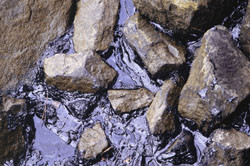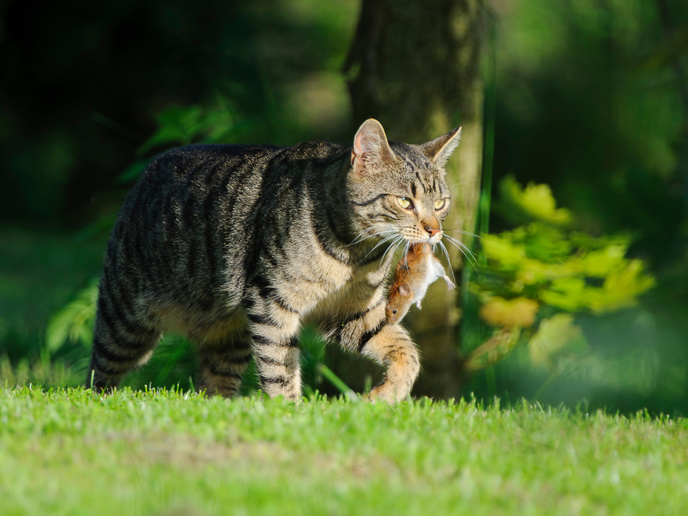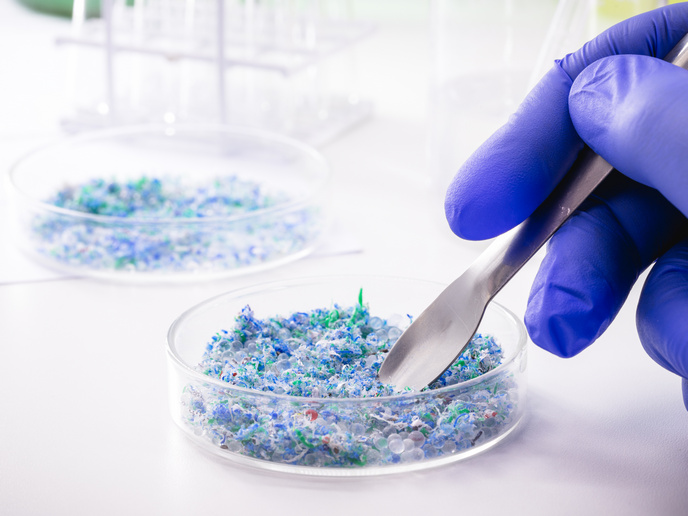Nature's own remedies against pollution
PAHs are toxic, potentially carcinogenic and difficult to remove from the environment. Bacteria growing in PAH-contaminated soils often have enzymes that can breakdown complex PAHs. The EU funded the MAGICPAH(opens in new window) project to identify the enzymatic processes that metabolise these contaminants. The project used modern high-throughput genetic sequencing to rapidly identify candidate bacteria and enzymes from PAH-polluted environments. Researchers collected samples from PAH-contaminated marine and terrestrial sites, and then developed tools to study PAH metabolism in the complex bacterial communities within these samples. They uncovered more than 1 200 potential bacteria involved in PAH metabolism using a high-throughput sequencing technique. These candidates were screened for specific PAH degradation activity using assays developed during the lifetime of the MAGICPAH project. In conjunction with mathematical models, this information was used to design PAH bioremediation strategies. Researchers also found a bacterial community in compost that could degrade complex PAHs very effectively. In addition, they identified a key bacterium, Cycloclasticus, which facilitates PAH breakdown in marine sediments. These and other findings by the MAGICPAH group will improve our understanding of how organisms naturally remedy pollution. It is hoped that scientists can exploit this information in artificial systems in order to speed up environmental clean-ups.







